Q: Can Myofascial Release relieve my back pain?
A: Yes!
We rarely notice our back health’s central role in our overall strength until we experience back pain. Then it’s hard to ignore. Whether periodic or chronic, back pain has a significant effect on health, mood, wellbeing, and how we feel throughout our daily lives.
Our backs are an essential junction for many bodily functions. Back pain rarely happens in isolation, either. It is usually accompanied by other symptoms, from leg and hip pain to a decline in mental health, sleep disturbance, and depression or anxiety.
Chronic pain is devastating and lonely and, until you’ve experienced it yourself, it’s hard to comprehend what it’s like to be in pain every second of every day.
You don’t sleep. You don’t enjoy eating. It’s all-consuming. Friends try and make you feel better but it’s hard to keep putting a brave face on, so you stop socializing. The pain can leave you feeling choked with trepidation and drain your life of all color.

Pain medication provides little relief and usually comes with a whole host of unpleasant side effects. And when you’ve exhausted other treatments and therapies, it’s hard to know where to turn next to regain your health.
Does that sound like you?
Exhale – we’re here to help.
As you’ve found your way to this blog, you’ve probably heard of myofascial release therapy and wonder whether it can relieve your back pain. Correct?
OK.
In the early days of your chronic pain journey, you try everything. We know. We’ve been there. But as the months and (unfortunately in some cases) years go by, after multiple consultations with your doctor – with limited success – you’re hesitant about committing to something new without understanding more about it first. Right?
Don’t panic. At Release Works, we understand your concerns.
In this blog, we explain what myofascial release therapy is and how it helps alleviate back pain. Join us, and we’ll take this journey together.
What is Myofascial Release?
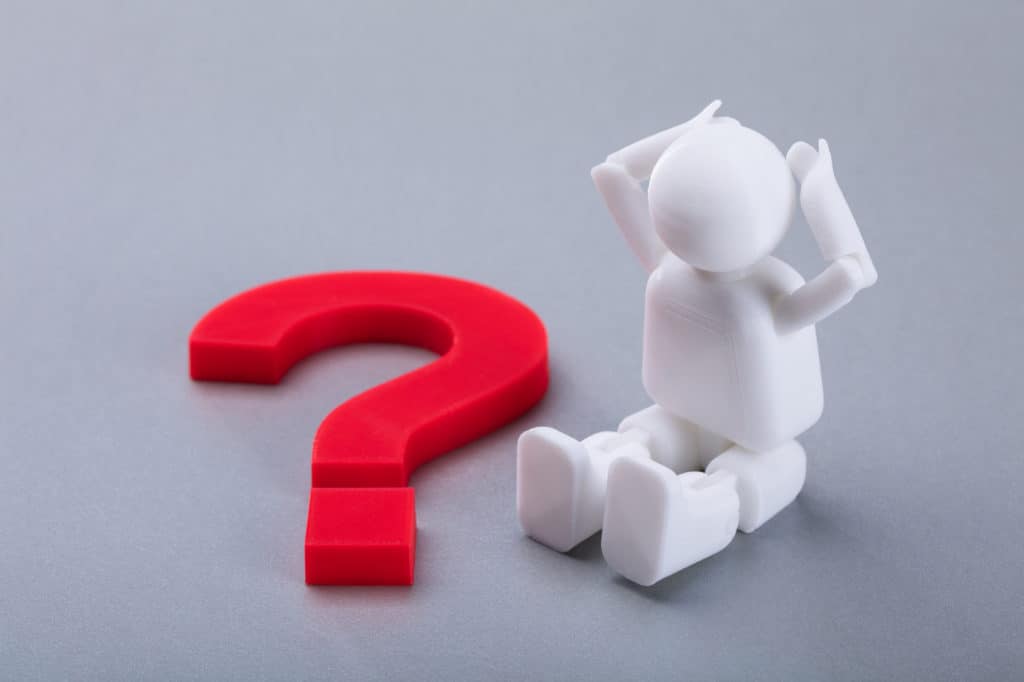
Developed in the 1970s by John F Barnes, Myofascial Release Therapy is still reasonably new compared to other treatment forms. Many people aren’t aware of the benefits, or confuse it with sports massage or traditional physical therapy. It’s so much more than that. So, let’s explore how myofascial release helps back pain:
Myofascial release is a hands-on treatment that helps back pain, orthopedic conditions, and myofascial pain syndrome. The therapy focuses on compressing, stretching and lengthening the myofascia that surrounds your muscles, bones, ligaments, and tendons, as well as your internal organs and restoring fluid mobility; ungluing tissues and allowing them to glide and move again properly.
The Myofascia is a robust, super flexible connective tissue that wraps around bones and muscles throughout your body. When myofascia in parts of our body – such as our backs- become restricted, we experience pain, tension, and weakened blood circulation because of the limited flexibility.
Using special techniques that feel similar to massage, therapists apply pressure on the trigger points and manipulate the myofascia (and tissue) with methods where the subconsciousness can let go and allow change to happen. We help the myofascia regain elasticity allowing it to loosen, stretch and lengthen again.
But what causes fascia restrictions?
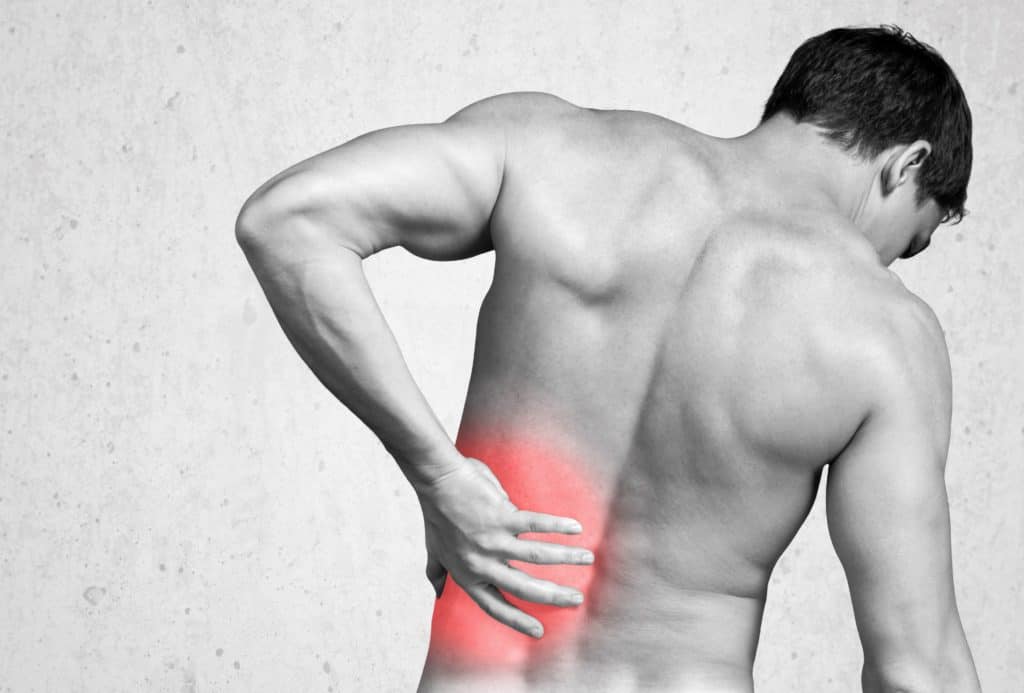
Infection, lack of exercise, trauma, and psychological issues affect our myofascial tissue causing it to contract and become limited in movement. This process can be an acute reaction immediately after injury – or it develops and worsens over a period of months or years.
During a treatment session, your practitioner begins by talking to you about when you first noticed symptoms. And whether anything significant was happening in your life at the time. We go right back to injuries and illnesses you suffered as a child.
Why? Well, believe it or not, you may have fascial restrictions in your connective tissues that date back that long and could be affecting you. It could be a childhood injury triggering your back pain today. It could be scar tissue or the way your body has adapted to the injury/inflammation – or it could be something much more recent. But to us, everything is relevant to your current pain picture.
No stone is left unturned.
After a myofascial release therapy treatment, blood flow, oxygen circulation, and lymphatic drainage throughout the body improve dramatically. The release and associated sense of relief also help you relax – promoting a healing response and ‘turning off’ the fight or flight survival response.
It will usually take a succession of treatment sessions for full resolution. Still, you’ll begin to feel results right after your first treatment. You’ll most certainly feel more relaxed and “freed up.” Some patients tell us it’s the best they’ve felt in years.
Beyond orthopedic conditions and myofascial pain syndrome, myofascial release can – amongst many other conditions – treat migraines, chronic headaches, circulatory issues, and tinnitus.
“More than 4 million people have chronic daily migraines.”
– Migraine Research Foundation
So, will this treatment help your back pain? Let’s find out…
Will Myofascial Release Therapy Help MY Back Pain?
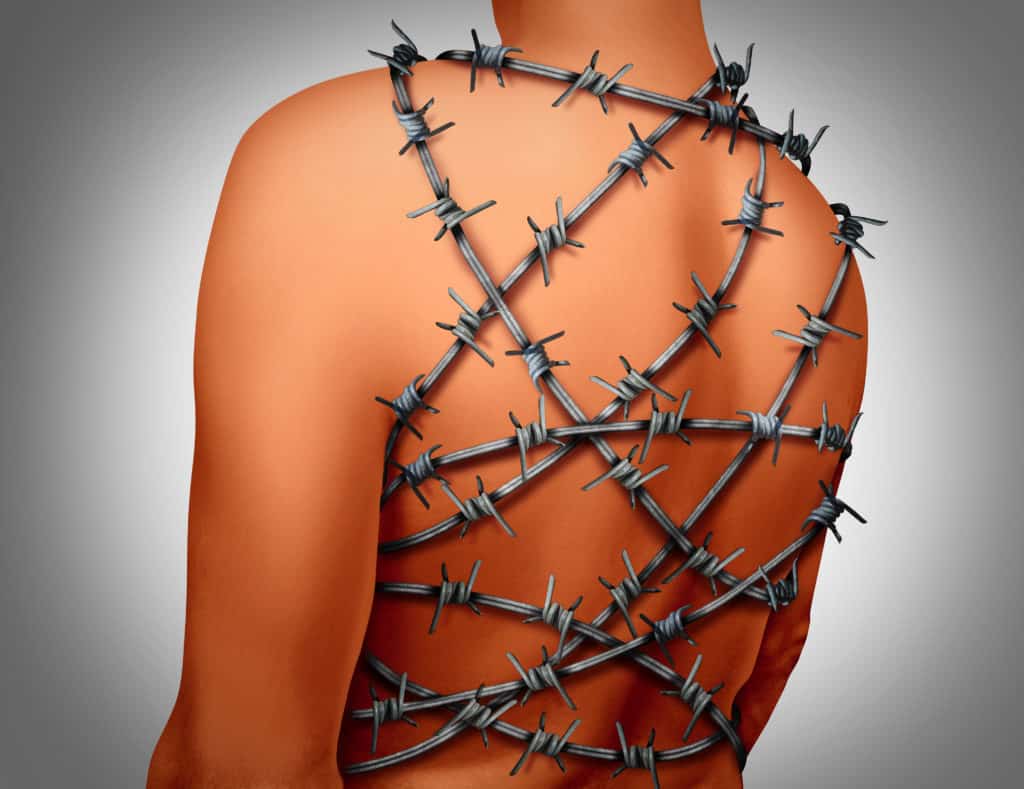
According to researchers, back pain is the world’s leading cause of disability. It prevents millions of people from working and participating in everyday activities, and affects their mental health. Numbers are rising in children and adolescents too.
When you wake up in the morning with back pain and go to bed again in the evening with back pain, it’s hard to find any joy in life. Things you once enjoyed become a painful chore. Sadly, spending time with friends and family can become a painful irritation.
As a result, many back pain sufferers become isolated. It’s an invisible illness, too. Ultrasound and MRI scans don’t show a diagnosable cause; friends and family can doubt your pain complaints’ legitimacy, which leads to even more loneliness and depression.
Aside from illness and injury, lack of exercise and time spent sitting at desks or hunched over our smartphones are significant contributors. Stress, too, affects how we carry ourselves. Long-term stress from work, debt, relationships, or ill-health can result in the chronic escalation of the stress hormones cortisol and adrenalin inside our bodies.
These stressors affect the flexibility, hydration, and suppleness of our connective tissues and myofascia – resulting in restrictions and associated pain.
Myofascial Release Therapy helps reduce back pain by melting away these restrictions. Relaxing the body, so the deep myofascial and visceral myofascia layers keep our spine flexible and our nervous system functioning optimally.
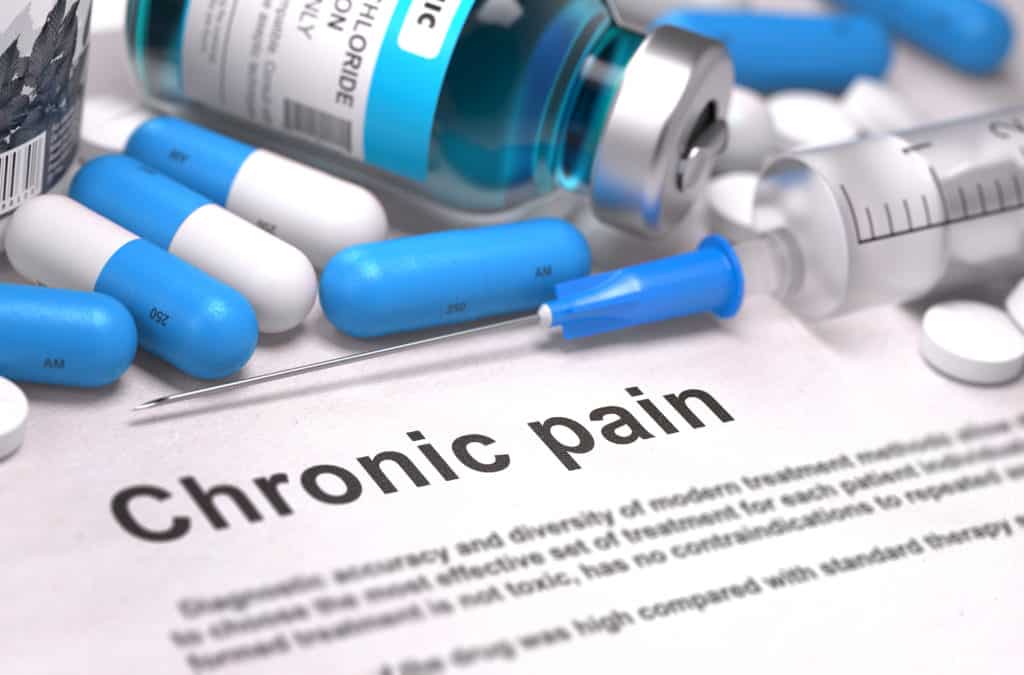
If you’ve reached the point where medication no longer controls your back pain, and you desperately want to find and treat the root cause of your back pain once and for all, we would love to help you. We won’t just generalize your condition, either. What works for one person might not be right for your specific situation. This is why we take time to get to know you, and tailor our services to your individual situation.
We’re confident we will be able to help, but to put your mind at ease before committing to treatment, we offer all clients the opportunity to chat through their back issues with a trained Myofascial Release Therapist at our Salt Lake City Clinic.
You can take advantage of this free consultation and talk to one of our therapists by Telephone, Video Call, or at a 30-minute discovery session at the Release Works Clinic.
Have Studies Been Undertaken On The Effectiveness of Myofascial Release?
Myofascial release is an alternative treatment, so scientific evidence for the effectiveness of myofascial release for back pain is still painfully limited. This situation is because there has not been enough money invested into research, nor enough studies carried out into the therapy’s effectiveness. Sadly, it’s the same story for all types of alternative treatments that don’t involve drugs and medications.
Over the last decade, consumers turned to alternative therapies at unprecedented rates. Demand for complementary treatments is still growing, too – based on the best form of research: word of mouth. You only have to talk to other back pain patients about resolving their symptoms to confirm Myofascial Release Therapy’s effectiveness in treating chronic back pain.
Traditionally, however, the medical community wasn’t interested. Drugs and medications and a reductionist approach to treatment were the priority. They considered this combination the only viable way to treat back problems. Myofascial Release Therapy and other methodologies were viewed as too niche.
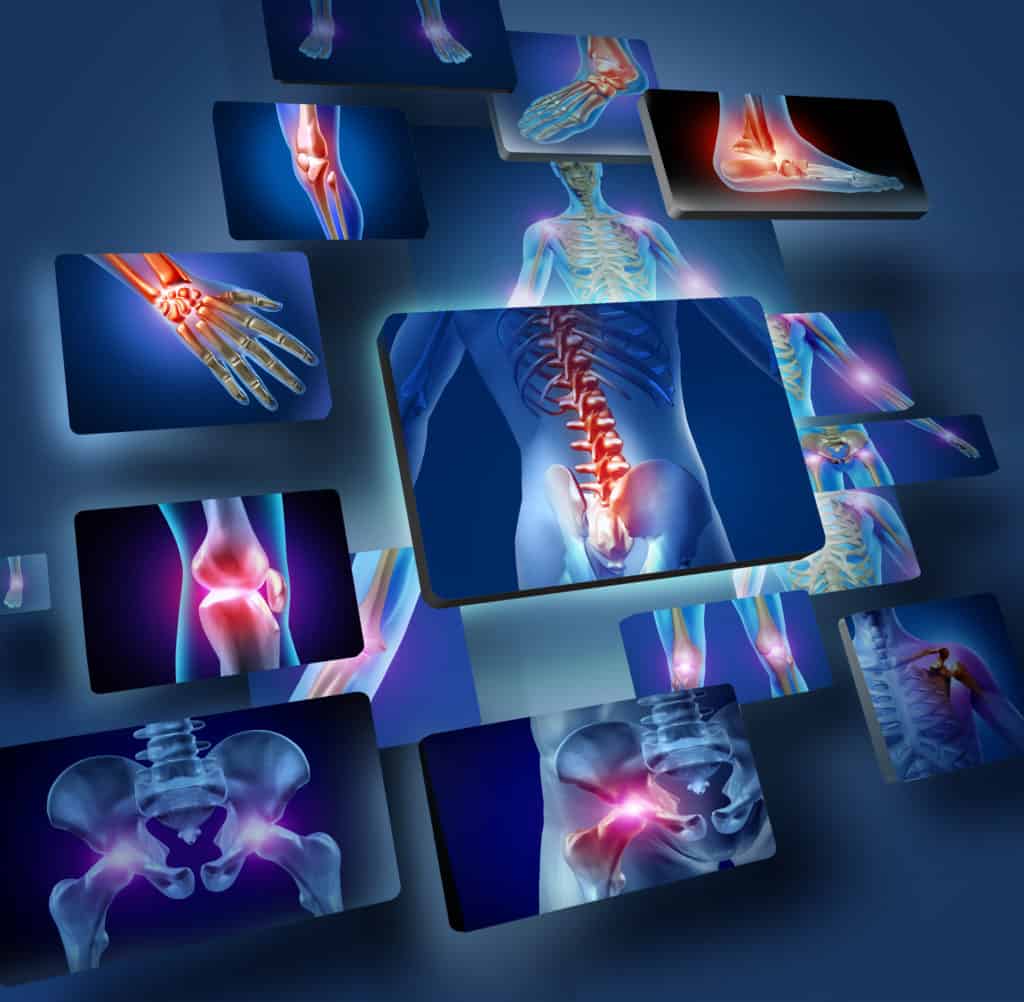
Yet, understanding the detrimental effects of using opiates and how the human body works as a “whole” has grown. This new knowledge has resulted in the medical sector opening up to alternative therapies’ mainstream value. However, the medical research is yet to catch up.
Things are changing, though, and some Doctors now acknowledge the efficacy of therapies like myofascial release therapy for low back pain and other chronic pain syndromes. For now – until the scientific research catches up to what patients report – we can look to studies like this one: into massage and chiropractic treatments that show that massage and chiropractic treatments positively affect back pain from sporting injuries.
The general findings? Myofascial release is not ‘massage‘ because its specific purpose is to stretch and lengthen the myofascia. In contrast, massage works on soft tissue in a general way to release tension. But the proven effects of massage for back pain strongly support the case for Myofascial Release Therapy in the treatment of back pain.
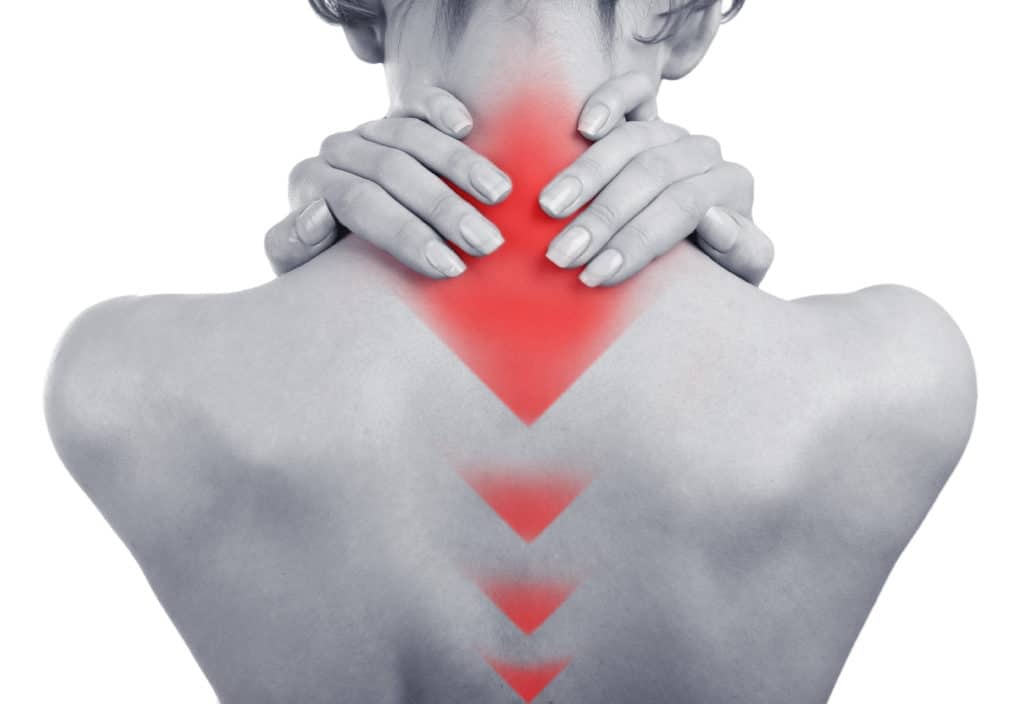
———————————————————————————————————–
*Hoy D, March L, Brooks P, et al. The global burden of low back pain: estimates from the Global Burden of Disease 2010 study Annals of the Rheumatic Diseases Published Online First: 24 March 2014. DOI: 10.1136/annrheumdis-2013-204428

